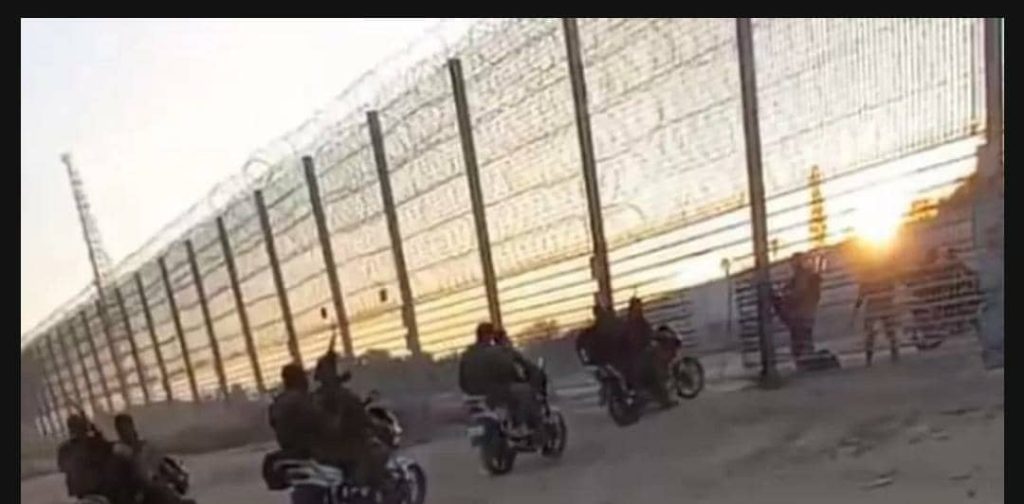Israel’s communications minister has accused four freelance Gaza-based journalists who have worked with Western outlets of knowing that Hamas was going to attack Israel.
Shlomo Karhi told Reuters, AP, CNN and the New York Times that “individuals within your organization… had prior knowledge of these horrific actions”.
Reuters, AP, CNN and the New York Times denied any prior knowledge.
Such “unsupported accusations” endangered freelancers, the NYT added.
Hamas launched devastating and unprecedented attacks on southern Israel on 7 October, killing more than 1,400 Israeli civilians and soldiers, and kidnapping more than 240.
Images filed by the photographers included a burning Israeli tank, Palestinians breaching a fence at the Kfar Aza kibbutz and scenes from the attack itself.
Mr Karhi said that the attack took place while the photographers were present, “documenting these horrors, effectively becoming participants in this horrifying event”.
It follows a suggestion made by pro-Israel website Honest Reporting that the presence of the photographers may have been “part of the plan”.
Benny Gantz, a member of Israel’s war cabinet, has since said the photojournalists should be treated as terrorists if it is proven they knew in advance of the 7 October attacks.
“Journalists found to have known about the massacre, and [who] still chose to stand as idle bystanders while children were slaughtered, are no different than terrorists and should be treated as such,” Mr Gantz, a former defence minister and opposition leader who joined the government after the attacks, wrote on X, formerly known as Twitter.
An MP for the ruling Likud party, Danny Danon, said the journalists would be added to a list of people marked for assassination because of their participation in the attacks. Israeli media have reported the formation of a unit dedicated to tracking down and killing members of a commando unit within Hamas’s military wing.
Reuters, AP, CNN and the New York Times issued statements saying there had been no arrangements in advance with any of the journalists to provide photos.
“No AP staff were at the border at the time of the attacks, nor did any AP staffer cross the border at any time,” the agency’s statement said.
“When we accept freelance photos, we take great steps to verify the authenticity of the images and that they show what is purported.”
The agency said it was no longer working with one of the journalists, Hassan Eslaiah, who was shown in an earlier picture with Hamas Gaza leader Yahya Sinwar. CNN also said it would suspend its ties with Eslaiah.
The network added that it had no prior knowledge of the attacks.
The New York Times meanwhile described the accusations as “untrue and outrageous”.
“It is reckless to make such allegations, putting our journalists on the ground in Israel and Gaza at risk,” it said in a statement.
“The Times has extensively covered the Oct. 7 attacks and the war with fairness, impartiality, and an abiding understanding of the complexities of the conflict.”
It also defended another of the journalists, Yousef Massoud, who it said had not been working with the paper on that day but had “since done important work for us”.
Reuters denied that it had prior knowledge of the attack or had “embedded journalists with Hamas” on 7 October.
The Committee to Protect Journalists (CPJ) says at least 39 journalists and media workers have been killed since the war began, including 34 Palestinians, four Israelis and one Lebanese.
“Journalists in Gaza face particularly high risks as they try to cover the conflict in the face of an Israeli ground assault on Gaza City, devastating Israeli airstrikes, disrupted communications, and extensive power outages,” it said.
Credit: BBC News


